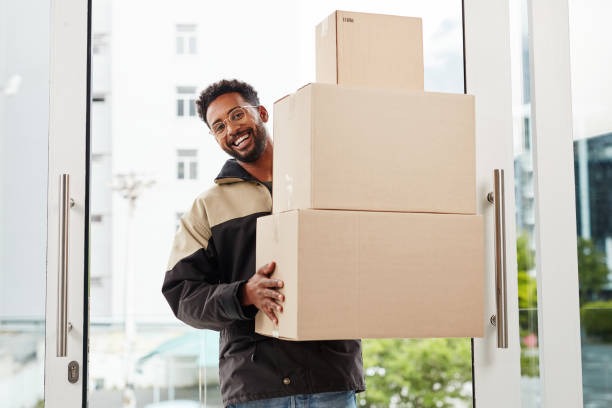The viability of same-day delivery and shipping, coupled with the associated costs, is prompting some retailers to reconsider its implementation, as reported by Forrester. The lukewarm reception from consumers further adds to the apprehension, leading to a questioning of the investment's worthiness for certain retailers.
The viability of same-day delivery and shipping, coupled with the associated costs, is prompting some retailers to reconsider its implementation, as reported by Forrester. The lukewarm reception from consumers further adds to the apprehension, leading to a questioning of the investment's worthiness for certain retailers.
Forrester suggests a more economically feasible alternative for providing swift product access: the adoption of the 'buy online, pick up in-store' model. A recent report reveals that 22% of U.S. online consumers express interest in this method, while 27% prefer curbside pickup, and 15% seek drive-thru pickup options.
Despite the skepticism, major retailers like Target, Walmart, and Amazon have heavily invested in enhancing their same-day delivery capabilities throughout the year. Amazon, in particular, has achieved its "fastest Prime speeds ever last quarter," attributing the success to strategic investments in regional operations, bringing products closer to customers, and leveraging an expanding network of same-day delivery facilities.
The area of delivery services has witnessed accelerated evolution, with the average delivery time dropping to around four days as of April, based on data from Project44. Contributing factors to this trend include a diverse range of carriers and the easing of pandemic-induced barriers, marking a notable improvement in delivery efficiency.

